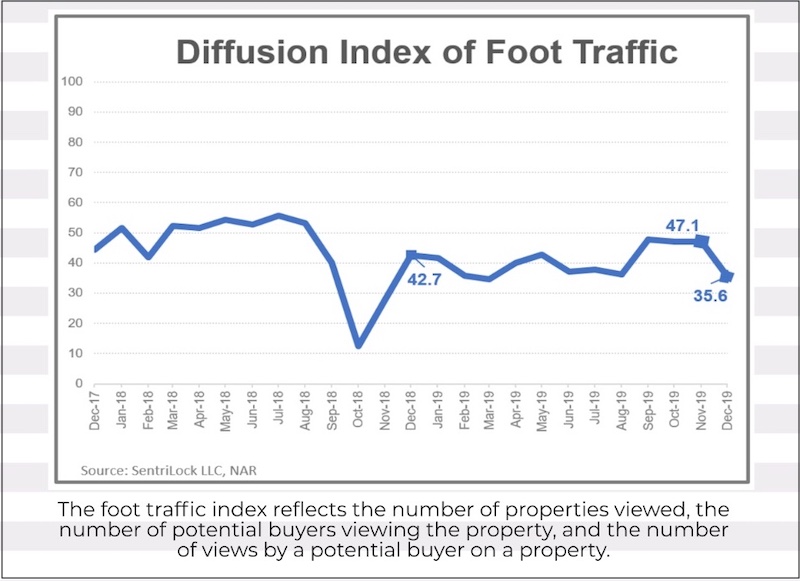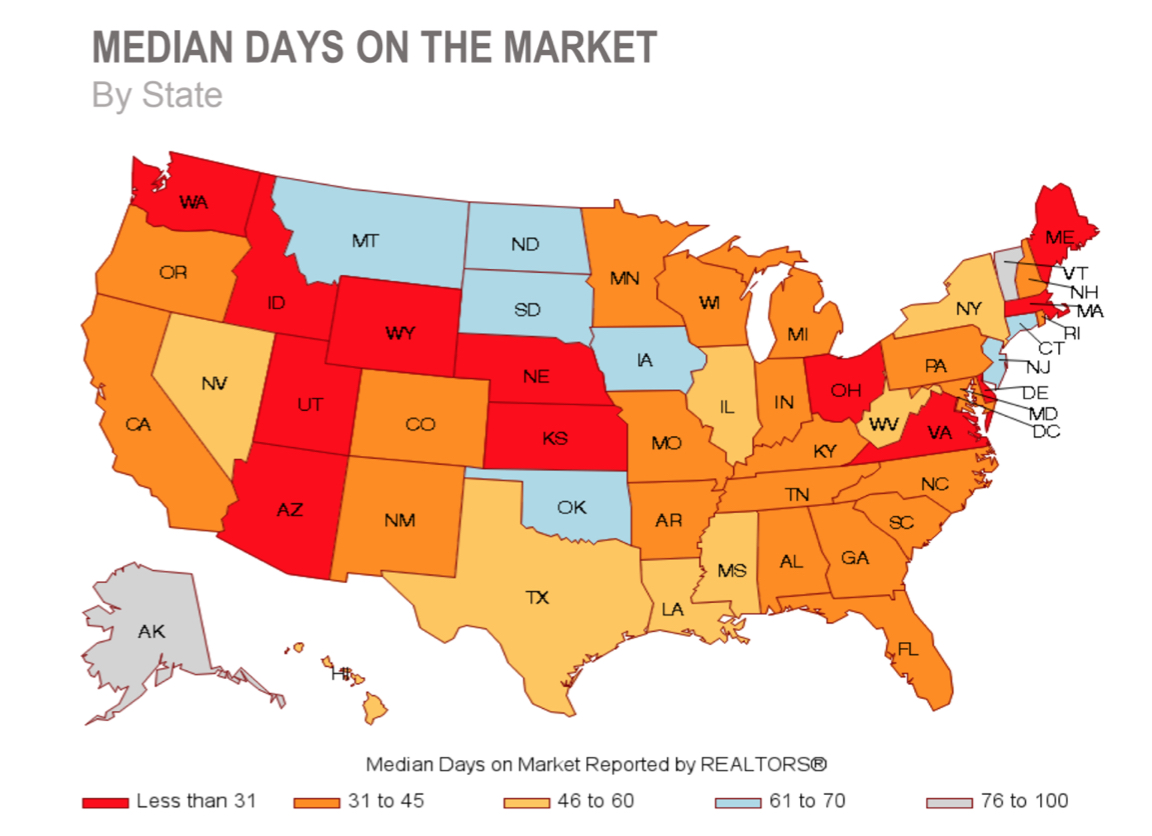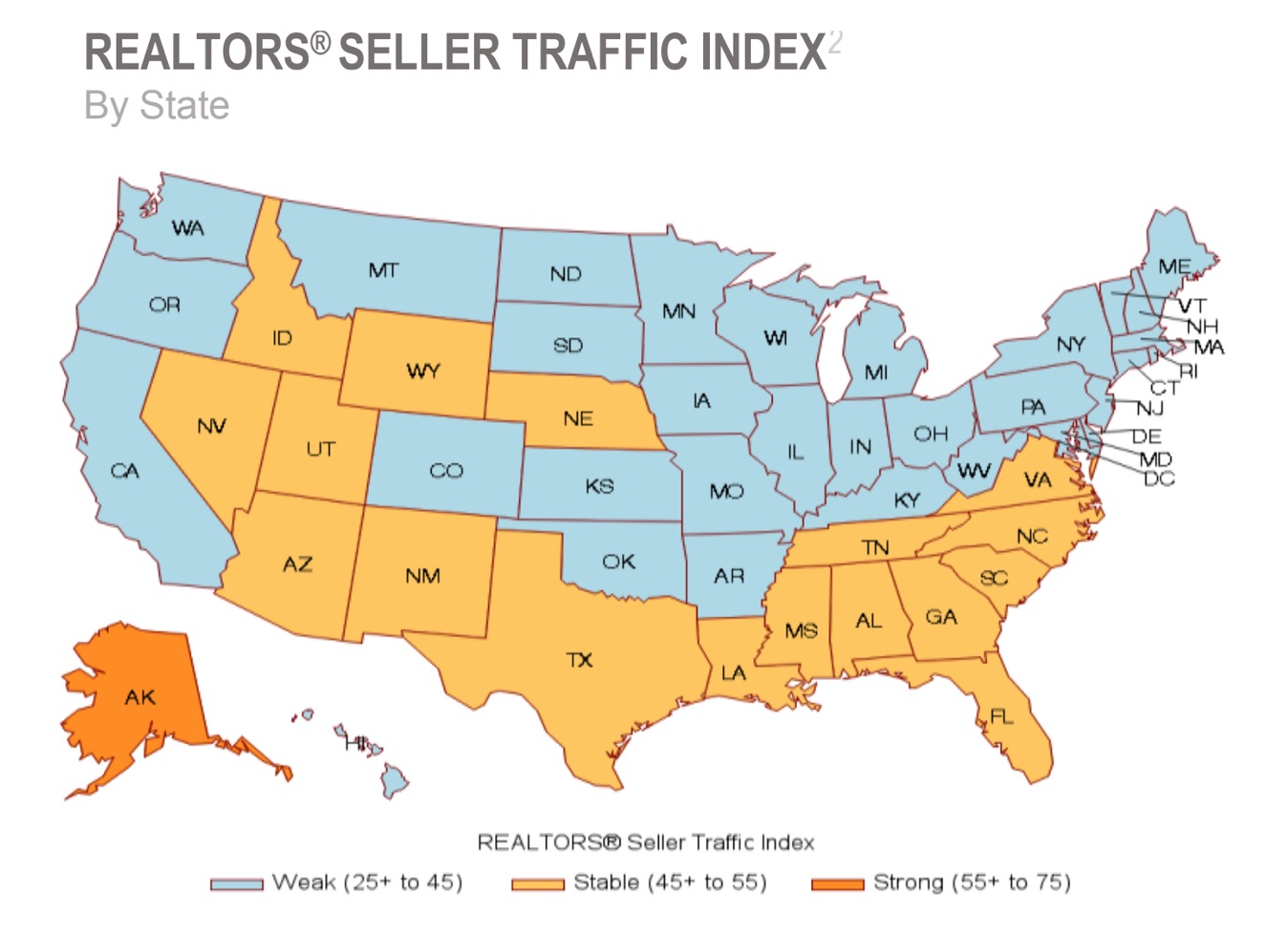How to Know If It’s a Seller’s Market
When the quantity of homebuyers outnumbers available houses for sale, the market becomes ideal for home sellers.
In the real estate world, the terms “buyer’s market” and “seller’s market” get thrown around a lot. But what do these terms mean?
Listing your house during a seller’s market is extremely coveted, as it probably means selling above list price. But in a buyer’s market, you may get the opposite of what you desire. In fact, during 2019 alone the difference between the highest and lowest median home sale price was nearly $40,000. The bottom line is that when you decide to sell is important. As a homeowner thinking of selling, you’ll want to recognize the signs of a seller’s market.
Supply and demand on the traditional real estate market
Before diving into what differentiates buyer’s and seller’s markets, we should address the root of these fluctuations.
The traditional real estate market relies on a constant stream of supply and demand — home buyers and housing inventory. This creates a constant cycle of correction and re-correction affecting the average sale price and number of days houses spend on the market. The supply-demand balance causes buyer’s and seller’s markets.
Though the conventional real estate market is the most common way owners sell their homes, cash buyers are also a popular option for those looking to avoid volatility. Market conditions will affect the price you receive from an off-market homebuyer. But the offer itself is not subject to showings, cleanings, and marketing tactics. The price you see is what you get.
What makes a buyer’s market?
The main distinction of a buyer’s market is the amount of inventory available. Inventory in real estate is the amount of homes that are currently listed for sale. When there is higher inventory, buyers have more options and more negotiating power. Sellers face stiffer competition and must do more to attract buyers, including raising prices or offering concessions.
A good indicator of a buyer’s market is the industry metric known as days on market, or DOM. A high median DOM in an area indicates that homes are spending longer on the market, meaning buyers have more leverage with offers and more options to pick from.
Read more: How the Housing Shortage Impacts Buyers and Sellers
As you can see in the image below, with the exception of fewer than 10 states, the median DOM metric is below 60 days. Though DOM is not the sole indicator of a buyers market, one could reasonably assume that, in the states where DOM exceeds 60 days, buyers have an advantage over sellers.
What makes a seller’s market?
Conversely, when there is a low inventory, home sellers don’t have to compromise much on price since buyers have limited choices. Sellers facing less competition may be able to get more for their house if they don’t price it too high.
Quickly moving inventory and a competitive buying pool reflect a seller’s market. When a market is experiencing conditions like this, sellers are usually able to get top dollar for the home and avoid paying costly holding costs caused by a high DOM.
As seen in the image above, seller traffic in January of 2020 was reported as low. This indicates low inventory and the presence of a seller’s market.
It’s important to note that even in a seller’s market, houses can still sit for long periods. This is because when prices rise, the number of buyers who can afford them shrinks, increasing the competition for lower-priced houses. When this occurs, selling off market becomes a more attractive option.
Changes on the horizon?
The trend of a seller’s market can change very quickly. The National Association of Realtors uses an index called foot traffic that often correlates positively with contracts and home sales. It’s sometimes viewed as a peek ahead at sales trends a couple months in the future. Based on data from Realtor lockboxes to show how many buyers visited homes, the foot traffic index dropped in late 2019.
This means fewer homes are being seen by buyers, which may lead to lower sales. When this type of trend occurs, the market tilts away from sellers in favor of buyers.

How to know if it’s the right time to sell
Take all real estate advice with a grain of salt because the housing market is complicated. Weighing the aforementioned factors to decide whether it’s time to sell is a difficult proposition. After all, there are exceptions to every rule. Sometimes all the conditions look right for the seller, but houses still don’t sell fast or at list price. Often, local market conditions and events override larger trends. A natural disaster in your neighborhood, for example, will completely erase any advantage you may have in market fundamentals.
Regardless of whether you’re facing a buyer’s or seller’s market, if you want to increase your chances of getting a positive outcome when selling, you need to be prepared. This means addressing important questions such as:
- Deciding whether or not to use an agent
- Choosing a new place to live
- Financial planning for the sale and new housing
- Preparing for the move
- Prepping documents necessary to sell your home (and buy or rent your new one)
Your life won’t always line up with a seller’s market. Sometimes you just have to do the best with what you have. However, being informed is important regardless of market conditions.
Ready to Get Started?
Sell as-is. Pay zero fees to Sundae. Move on your time. No repairs, cleanings, or showings.


